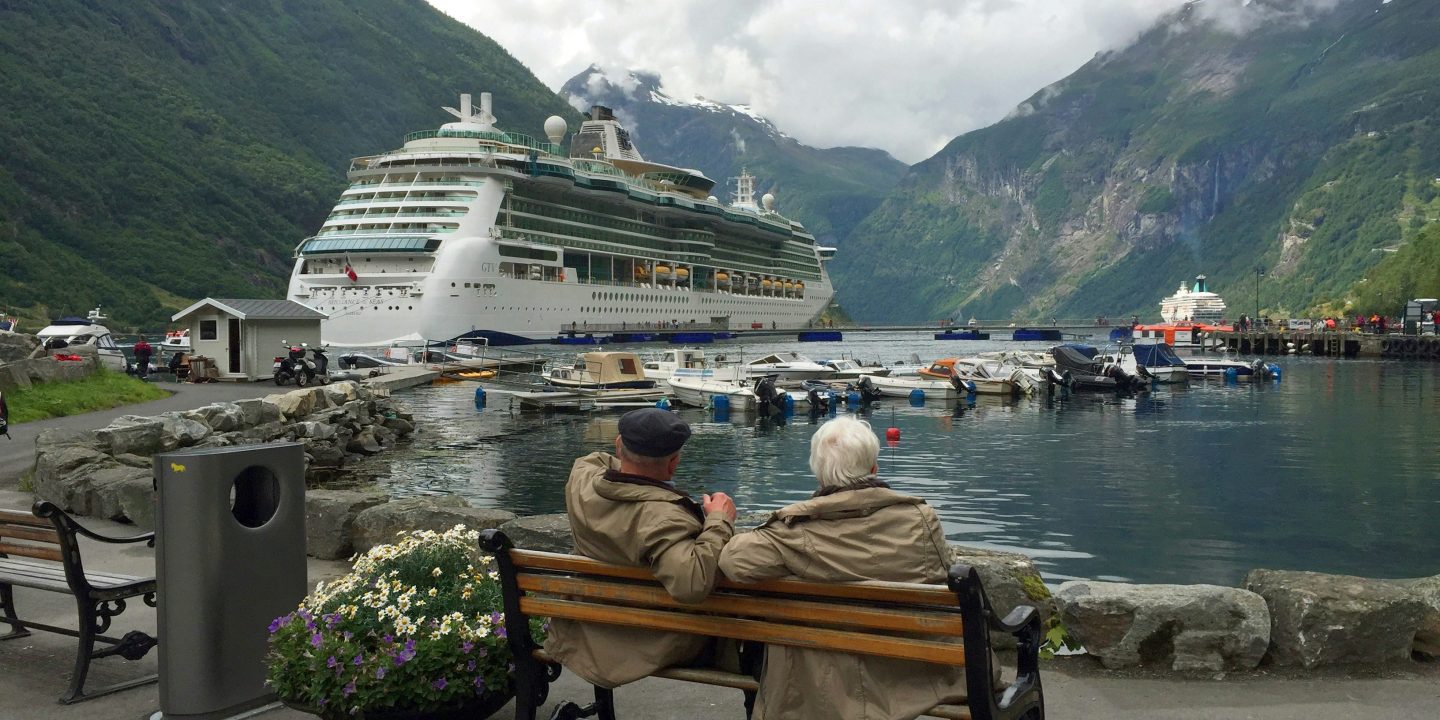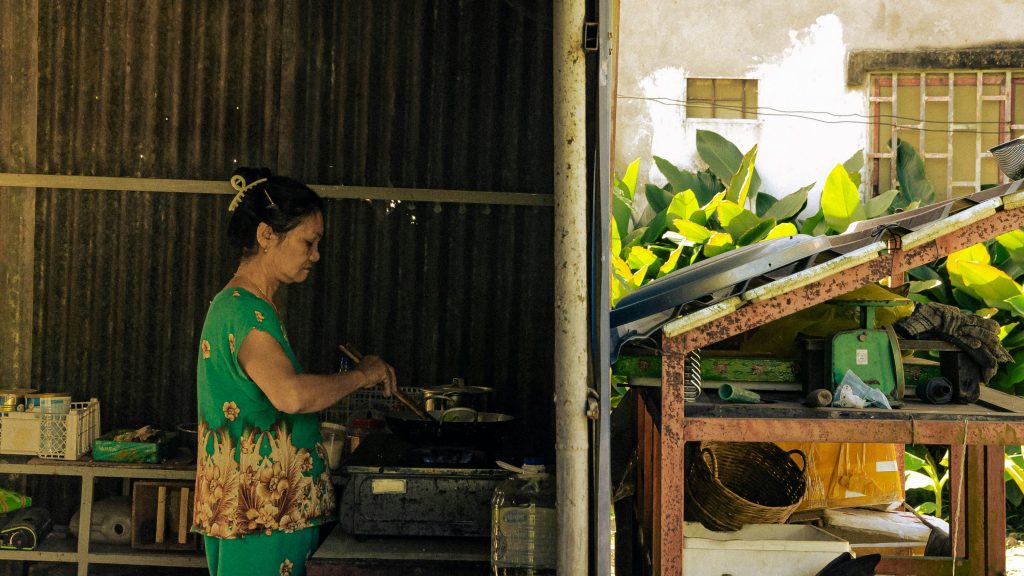
Retirement is a phase of life that many look forward to—filled with leisure, travel, and personal pursuits. However, the experience of retirement varies widely depending on where you live, influenced by pension systems, social safety nets, and cultural norms. Let’s take a closer look at retirement across the globe, diving into how people plan financially, what they do with their newfound time, and some surprising facts along the way.
Pension Systems: A Financial Safety Net
Europe: A Secure Retirement
- Netherlands: With the highest score on the Mercer CFA Institute Global Pension Index (84.8 in 2024), the Dutch pension system is a global benchmark. It combines a universal state pension with occupational schemes and private savings. This triple-layered system ensures that 90% of retirees receive benefits sufficient to maintain their standard of living.

- United Kingdom: The UK offers flexibility, allowing individuals to retire as early as 55 with private savings. However, the state pension—currently around £203.85 per week—is often criticized as insufficient, leading many to work longer or rely on private investments.
Asia: Innovative Solutions
- Singapore: Singapore’s Central Provident Fund (CPF) is one of the most comprehensive retirement systems in the world. In addition to retirement savings, it covers healthcare and housing. The statutory retirement age is 63 (rising to 65 by 2030), and retirees can withdraw from their accounts in monthly payouts, ensuring long-term financial stability.
- Japan: Japan’s public pension system is under strain due to its aging population—28% of the population is over 65. With the average life expectancy of 85 years, many retirees face over two decades of retirement. Surprisingly, nearly 23% of Japanese retirees still work, often driven by financial necessity.
Americas: Contrasting Realities
- United States: The U.S. Social Security program forms the backbone of retirement for many, with benefits averaging $1,790 per month in 2023. However, only 40% of Americans feel confident about their retirement savings, reflecting the shift from stable pensions to 401(k)s and personal savings.
- Colombia: A growing trend sees retirees from the U.S. moving to Colombia, where the cost of living is much lower. A monthly pension of $3,400, which might stretch thin in the U.S., can comfortably cover housing, healthcare, and recreation in Colombian cities like Medellín.
How Retirees Spend Their Time
Europe: Leisure and Community
- In Spain, retirees enjoy the Mediterranean lifestyle, spending their days socializing, walking along sun-drenched beaches, and indulging in long, communal meals. Spain’s universal healthcare system further supports retirees, offering peace of mind without financial strain.
- In France, retirement is often a time for cultural pursuits. Many retirees take up art classes, travel extensively across Europe, or volunteer. Interestingly, France has one of the lowest retirement ages in the EU—62—though reforms aim to raise it to 64 by 2030.
Asia: Family and Purpose
- In Vietnam, retirees often live in multigenerational households, staying deeply involved in family life. Community engagement, such as organizing local festivals or mentoring younger generations, is common.

- In South Korea, retirees face challenges due to a less generous pension system. To stay active, many open small businesses or work part-time, while others join communal activities at local senior centers.
Americas: Active Aging
- United States: Many retirees embrace “active aging,” filling their time with hobbies, travel, and volunteering. Golfing in Florida, RV trips across the country, and pursuing second careers are common pursuits. A surprising 30% of retirees return to work, often for personal fulfillment rather than financial necessity.
- Canada: With a strong social safety net, Canadian retirees often engage in outdoor activities like hiking or skiing. Nearly 75% report being satisfied with their retirement life, thanks to government support and universal healthcare.
Surprising Facts About Retirement
- The World’s Oldest Retirees: In Japan, 1 in 4 retirees is over 80 years old, showcasing the incredible longevity of its population.
- Early Retirement Hotspots: Countries like Sweden and Denmark encourage early retirement with flexible pension schemes and subsidized healthcare.
- Happiest Retirees: According to studies, retirees in Nordic countries report the highest levels of happiness, thanks to generous pensions and a focus on work-life balance during their careers.
Challenges and Trends
- Aging Populations: Countries like Italy and Japan are grappling with the economic strain of aging populations. By 2050, the number of retirees worldwide will double, reaching 2.1 billion.
- Shifting Pension Models: The global trend of moving from defined benefit plans to defined contribution schemes places the burden of retirement planning on individuals. This shift is especially pronounced in the U.S., where only 14% of workers now have access to traditional pensions.
- Cultural Differences: While Western retirees often seek independence, many Asian retirees prefer staying with family, reflecting deep-rooted cultural values.
Final Thoughts
Retirement is like a passport to a new chapter in life, and where you choose to stamp that passport can make all the difference. Whether it’s savoring tapas in Spain, staying active in a bustling Japanese community, or reinventing life in a Colombian paradise, retirement reflects not just personal choices but cultural values and economic realities. What’s fascinating is that no two retirements are the same—each one is a unique blend of opportunity, adaptation, and discovery.
So, where do you see yourself in retirement? On a sunlit beach, hiking through serene mountains, or perhaps embracing a hobby you never had time for? The possibilities are endless—and the world is your oyster.













